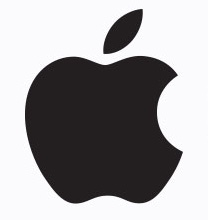USB-C docks/dongles generally aren’t that big a deal if that’s your only deciding factor. They work fine without any weird hiccups or behavior.
If you’re buying used, it’s worth noting that the earlier M1, M2, and M3 non-Pro/Max chips had some limitations with external monitors. The M1 and M2 MacBook Air only supported one external monitor alongside the Mac’s built in screen. The M3 Air could do two external monitors with the lid closed, or one external monitor and the built in. The M4 Air can do two external monitors and the built in display at the same time. The Pro and Max chips could always do two external monitors and the built in display starting from the earliest M1 Pro.
The big difference between the MacBook Air and the MacBook Pro is that the Pro has a built in fan. The Air will passively cool itself and might have to throttle your workload until the laptop cools down. The Pro can kick on the fan to help run heavy workloads longer. In practice it’s actually difficult to get a MacBook Pro to kick on its fan. Anything short of virtual machines or large video rendering can usually be done without the laptop getting so hot it would need to kick the fan on or throttle things. If you’re somewhat price conscious and aren’t pushing the machine’s limits, the Air’s definitely worth a look.







Keychron has some good entry points for getting into the mechanical keyboard scene. Lots of layout options, some open source keyboard firmware support, and you can buy a lot of them barebones if you want to bring your own keys and caps.